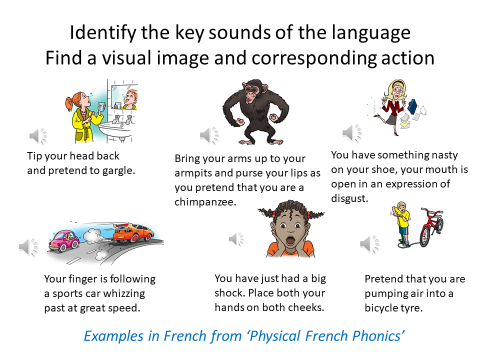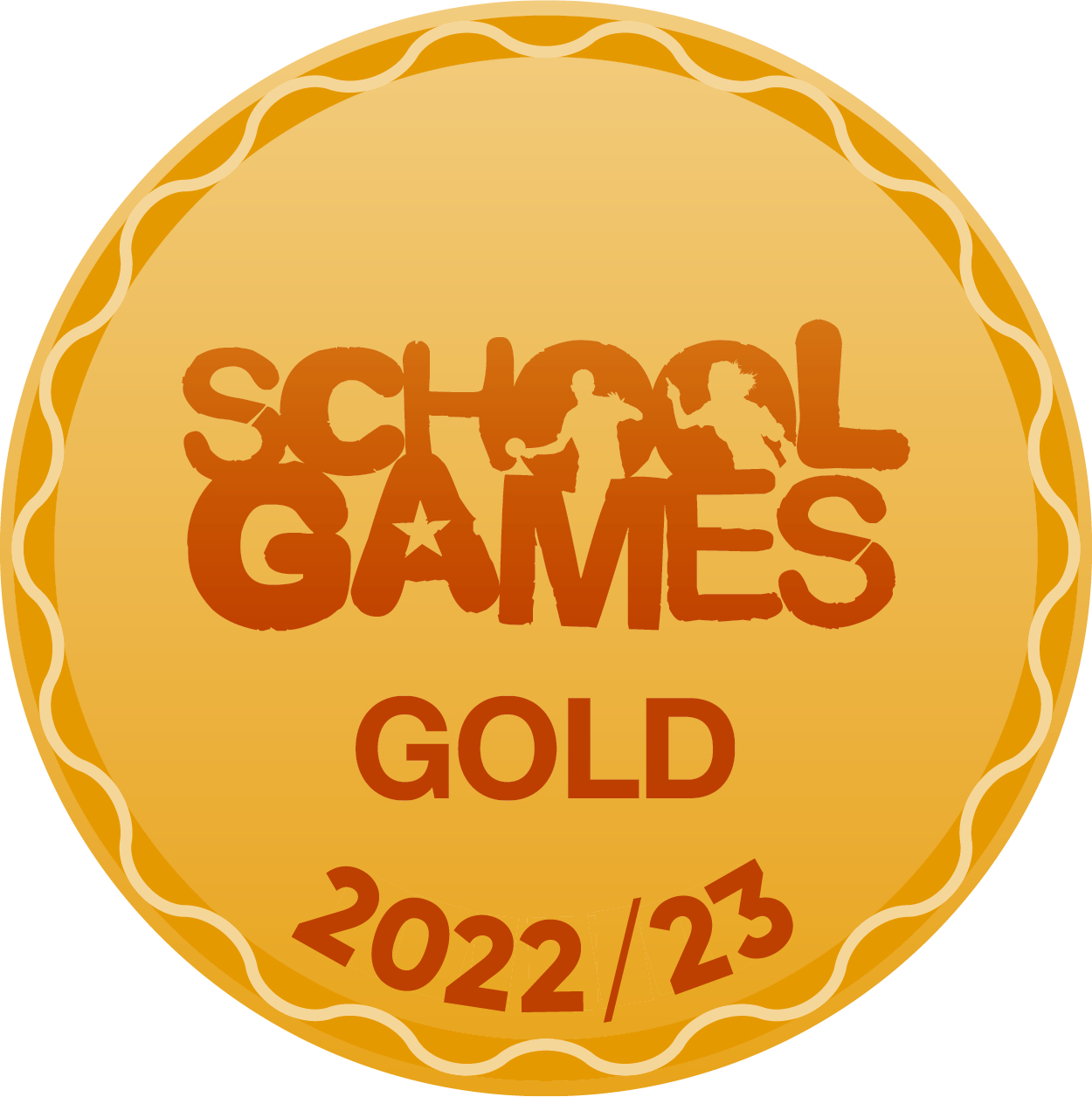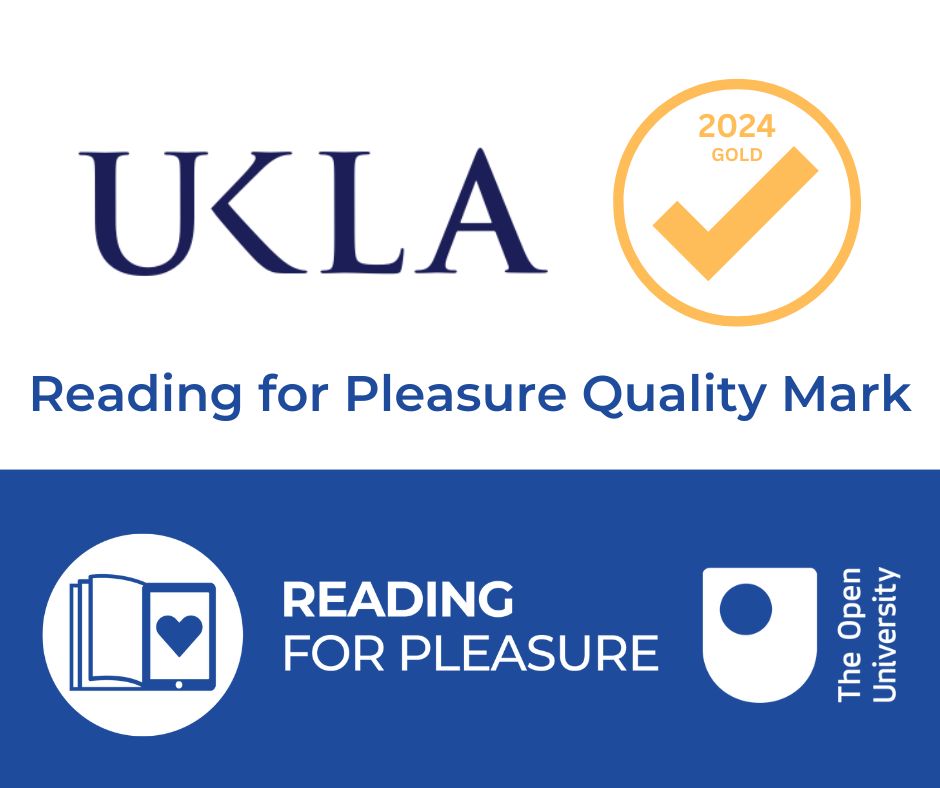Phonics and Grammar
Phonics in French
One of the key areas for learning in French, especially in the early stages, is phonics. In recent years there has been a greater emphasis on this area of Foreign Language learning.
The representation of sounds through letters is a code and the skills need to be taught explicitly to break that code. Breaking this code also gives learners a sense of independence and achievement. It also makes communication easier and clearer, which is essentially what we want the children to do.

At Kings Hill, we focus on the 26 key sounds in French. We use a systematic process similar to Jolly Phonics used in KS1 in English. The pupils associate a sound with an image and an action and over time that sound is decoded and used with increasing accuracy.

Here are some of the resources that we use in class to help with our phonics. These include speed reading bookmarks, differentiated chilli phonics and class poster.


Phonics knowledge is assessed through writing and speaking tasks, which are ongoing in the French classroom.
Grammar in French
Learning grammar is an integral part of learning a language. Without learning grammar a learner can only reproduce the French that they are taught and can never express their own ideas or apply their knowledge to new concepts.
Young children are very open to learning grammar and are fearless in their approach. At Kings Hill grammar is taught explicitly and linked to the SPaG curriculum using the same terms that the pupils use in English. This helps them to make links in their learning and be confident in their use. Using the correct terminology also helps pupils to explain why they are using certain language or why a sentence may make no sense. It also helps in the linear approach that language learning takes, that the pupils can apply previous knowledge to new situations.
Here are examples of grammar learning taking place:



It is also worth noting that the new GCSE and A level examinations are more difficult than in previous years so it is important that pupils learn some of the grammar which would have previously been taught in KS3.
Learning grammar traditionally can strike fear in learners but it shouldn’t as it can be taught in a variety of ways. The children are taught to look for patterns and structures and often work out the grammar for themselves through seeding and chunking. We also play games, use giant dice and go out in to the woods to perform verb hakas! All of this leads to the children getting a deeper grasp of the concepts and can quite easily identify connectives, infinitives and explain what conjugation is!











